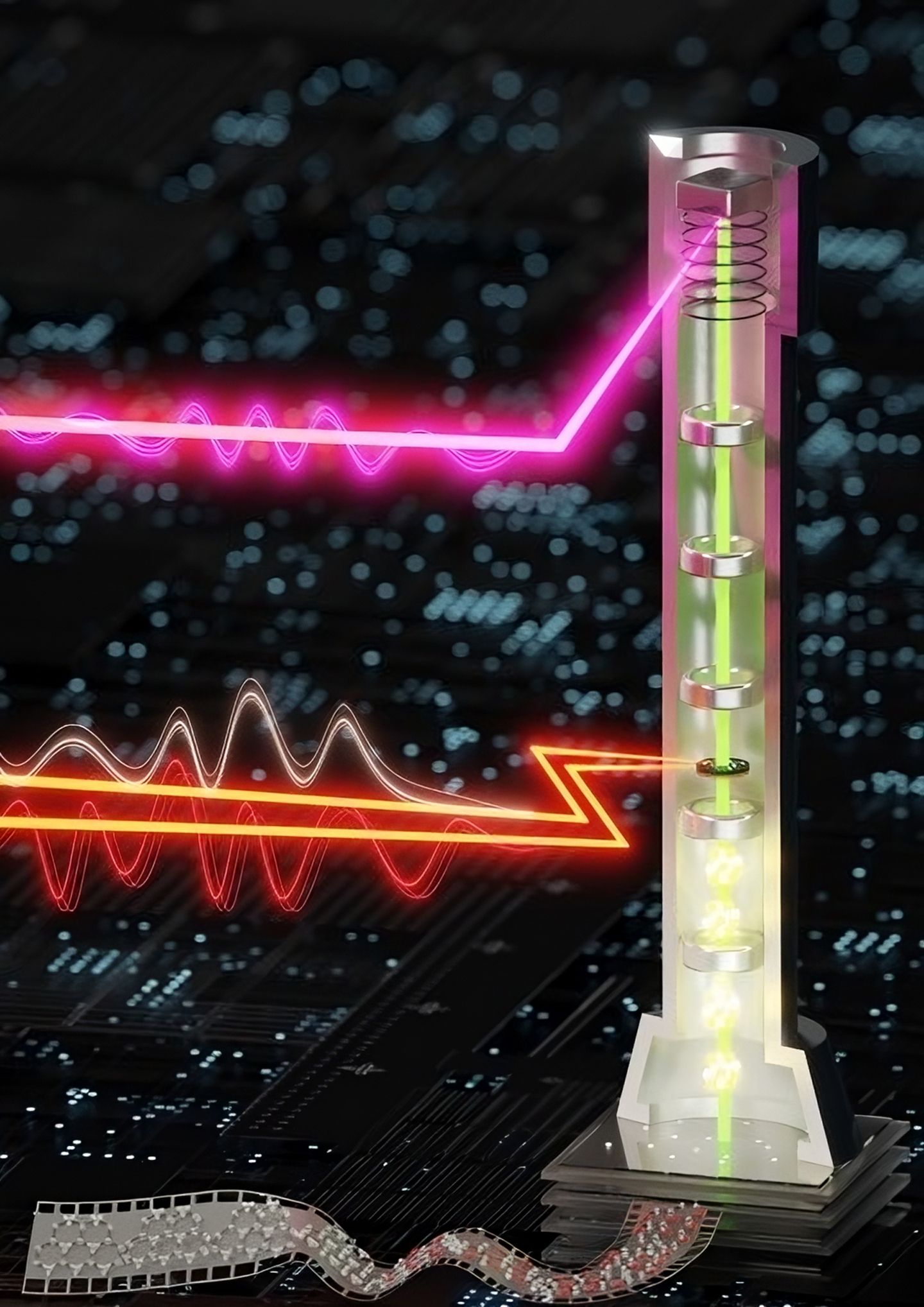Impressive: observing electrons in real time is now possible with this new microscope
Published by Cédric,
Article author: Cédric DEPOND
Source: Science Advances
Other Languages: FR, DE, ES, PT
Article author: Cédric DEPOND
Source: Science Advances
Other Languages: FR, DE, ES, PT
Follow us on Google News (click on ☆)
Electrons, those infinitesimal particles, move so fast that observing their precise movements was previously thought impossible. The latest breakthrough? A microscope capable of capturing images of electrons in just one attosecond. An attosecond represents a billionth of a billionth of a second, an incredibly brief duration for visualizing phenomena on this scale.

The microscope in question marks a major advance in the field of electron microscopy. Unlike earlier models, it uses ultra-fast electron pulses to achieve extraordinary temporal resolution. This technique relies on the emission of ultra-short light pulses, combined with electron beams, to capture movements with unprecedented accuracy.
The innovation is based on a dual-pulse light system. The first pulse, or "pump pulse," excites the sample's electrons, while the second, called the "optical gate pulse," creates an extremely short time window. By synchronizing these two pulses, researchers can capture images with a precision of 625 attoseconds, a significant leap forward compared to previous techniques.
This breakthrough is partly the result of work awarded the 2023 Nobel Prize in Physics, which made it possible to generate such short light pulses. Building on this research, the team at the University of Arizona developed what they are calling an "attomicroscope," a tool that reveals details previously invisible.
The potential applications of this technology are vast. In physics, it could provide better insight into the fundamental interactions between electrons and electromagnetic fields. In chemistry, it may offer a direct view of chemical reactions at the atomic level. In bioengineering, observing biological processes on a molecular scale could lead to major discoveries.
However, this technology is not without challenges. Its implementation requires sophisticated and costly equipment, as well as specialized training. Researchers must also overcome technical obstacles to handle samples at such minuscule timescales.
For now, this advancement opens new perspectives in various scientific domains, promising to transform our understanding of quantum and molecular phenomena. Future research using this microscope could reveal unexplored aspects of matter.